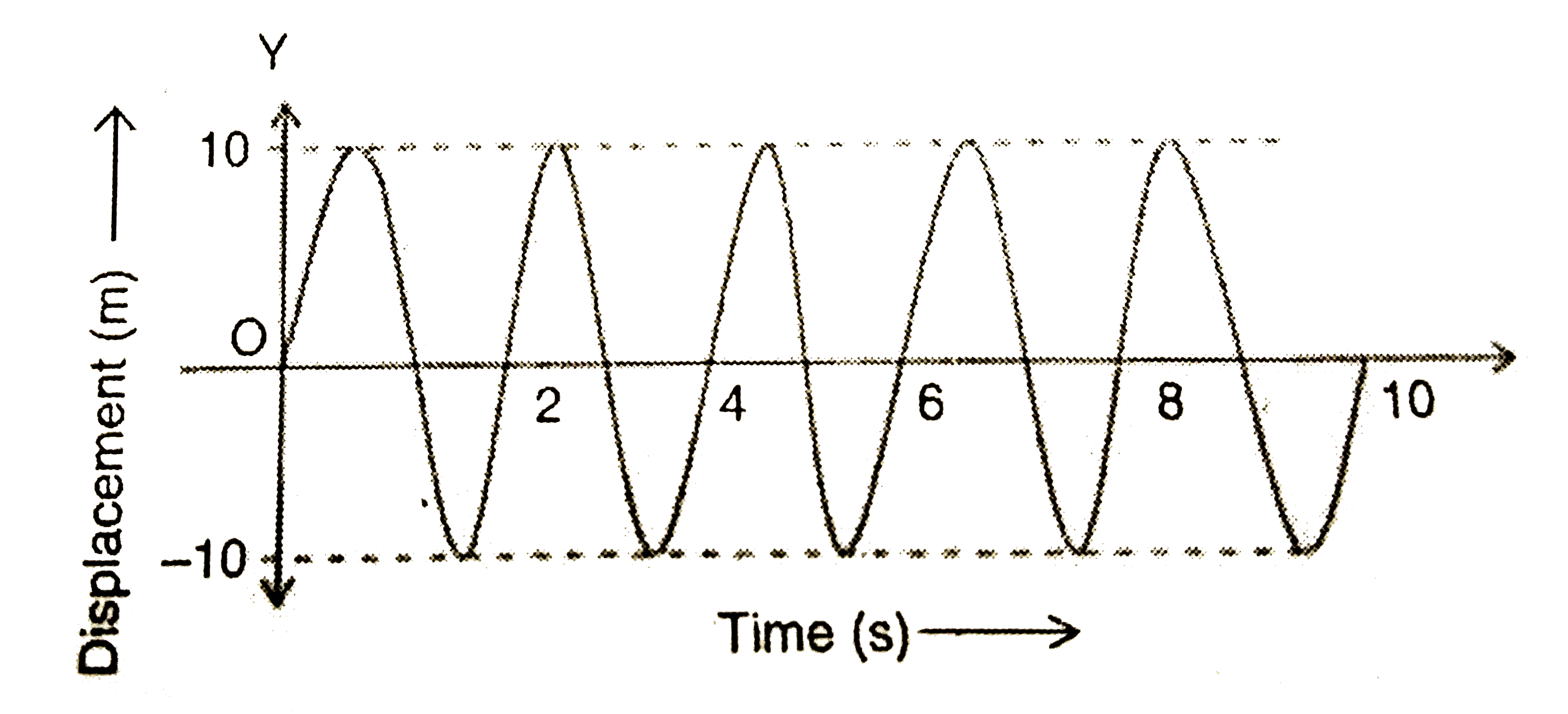Which quantity is conserved during the oscillation of a simple pendulum ?
To determine which quantity is conserved during the oscillation of a simple pendulum, we can analyze the energy transformations that occur throughout the motion. Here’s a step-by-step solution:
Step 1: Understand the Motion of a Simple Pendulum
A simple pendulum consists of a mass (the bob) attached to a string of fixed length, swinging back and forth under the influence of gravity. As it swings, the pendulum exhibits periodic motion.
Hint: Consider the forces acting on the pendulum and how they influence its motion.
Step 2: Identify Energy Forms in the Pendulum
In a simple pendulum, there are two main forms of energy:
- Kinetic Energy (KE): This is the energy due to the motion of the pendulum bob, given by the formula KE=12mv2, where m is the mass and v is the velocity of the bob.
- Potential Energy (PE): This is the energy stored due to the height of the bob above its lowest point, given by PE=mgh, where h is the height.
Hint: Think about how the height of the bob changes as it swings and how that affects potential energy.
Step 3: Analyze Energy Conservation
As the pendulum swings, energy is continuously converted between kinetic and potential forms:
- At the highest points of the swing (maximum displacement), the kinetic energy is zero, and potential energy is at its maximum.
- At the lowest point of the swing (equilibrium position), the potential energy is zero, and kinetic energy is at its maximum.
The total mechanical energy (TME) of the system is the sum of kinetic and potential energy:
TME=KE+PE
Hint: Remember that energy cannot be created or destroyed; it can only change forms.
Step 4: Establish Total Mechanical Energy Conservation
For a simple pendulum, if we neglect air resistance and friction, the total mechanical energy remains constant throughout the motion:
TME=constant
This means that the sum of kinetic and potential energy at any point in the swing is equal to the total mechanical energy at any other point in the swing.
Hint: Consider what happens to the total energy if external forces (like air resistance) are present.
Conclusion
The quantity that is conserved during the oscillation of a simple pendulum is the total mechanical energy. This includes both kinetic energy and potential energy, which interchange throughout the motion but maintain a constant total.
Final Answer: The total mechanical energy is conserved during the oscillation of a simple pendulum.
A simple pendulum consists of a mass (the bob) attached to a string of fixed length, swinging back and forth under the influence of gravity. As it swings, the pendulum exhibits periodic motion.
In a simple pendulum, there are two main forms of energy:
- Kinetic Energy (KE): This is the energy due to the motion of the pendulum bob, given by the formula KE=12mv2, where m is the mass and v is the velocity of the bob.
- Potential Energy (PE): This is the energy stored due to the height of the bob above its lowest point, given by PE=mgh, where h is the height.
As the pendulum swings, energy is continuously converted between kinetic and potential forms:
- At the highest points of the swing (maximum displacement), the kinetic energy is zero, and potential energy is at its maximum.
- At the lowest point of the swing (equilibrium position), the potential energy is zero, and kinetic energy is at its maximum.
TME=KE+PE
For a simple pendulum, if we neglect air resistance and friction, the total mechanical energy remains constant throughout the motion:
TME=constant
The quantity that is conserved during the oscillation of a simple pendulum is the total mechanical energy. This includes both kinetic energy and potential energy, which interchange throughout the motion but maintain a constant total.
Topper's Solved these Questions
Similar Questions
Knowledge Check
- Question 1 - Select One
A graph is drawn between the displacement and time taken for the oscillations of a simple pendulum.find the no of oscillation?
 A412B5C6D212
A412B5C6D212 - Question 2 - Select One
A graph is drawn between the displacement and time taken for the oscillations of a simple pendulum.find the no of oscillation?
 A0.5B2C50D100
A0.5B2C50D100 - Question 3 - Select One
The time taken to complete 100 oscillations is ______ s.
 A100B200C50D25
A100B200C50D25
What are the direction of acceleration at various point during the oscialltion of a simple pendulum?
View SolutionWhat is meant by one oscillation of a simple pendulum ?
View SolutionWhat do you understand by one complete oscillation of a simple pendulum ?
View SolutionHow do you justify energy conservation from the vibrations of a simple pendulum ?
View SolutionA graph is drawn between the displacement and time taken for the oscillations of a simple pendulum.
 View Solution
View Solution

